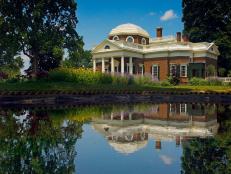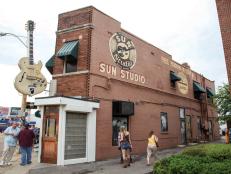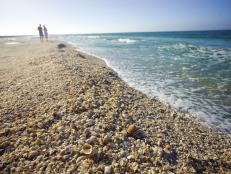Make a Pilgrimage to Celebrate International Women's Day
March 8, International Women's Day, will celebrate the strides women have made in everything from politics to economics. The work for gender parity is ongoing, so why not make a pilgrimage to the homes and museums that honor these pioneers? You’ll see how much has been accomplished, and what remains to be done.
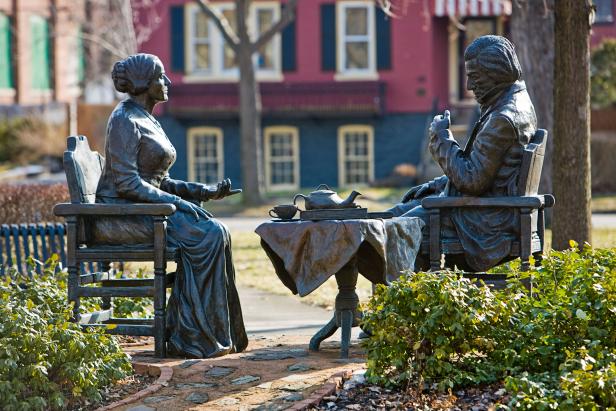
Finger Lakes Regional Tourism Council/VisitRochester.com
Author Pearl S. Buck penned her Pulitzer Prize-winning novel, The Good Earth, from her farmhouse in Bucks County, a suburb of Philadelphia. The daughter of missionaries, Buck lived in China for forty years, and became known for her humanitarian work, especially her support for Civil Rights and her advocacy for adopting multicultural children.
Visit her home, now a national historic landmark, to see her prizes (which include a Nobel), along with gifts from such notables as the Dali Lama and President Richard Nixon, and her writing desk. Later, walk through the site's award-winning gardens and pay your respects at her gravesite.
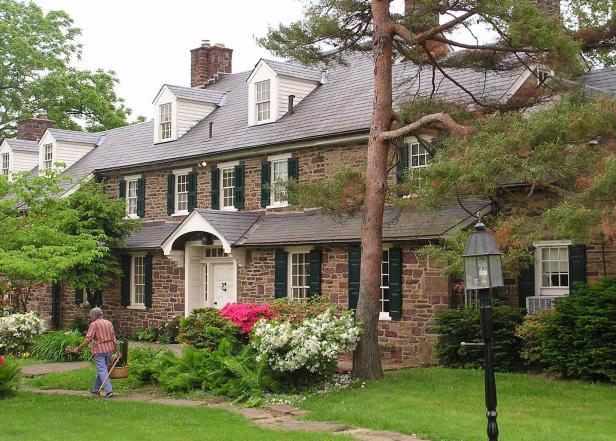
Bucks County, PA
The wife of our 16th President, Mary Todd Lincoln, was born in Lexington in 1818, and lived there until she married. Take a mile-long walking tour to see important places in her early life and those Abraham Lincoln visited, as well as African-American sites relevant to events from 1800 and 1860. This year is the 41st anniversary of the opening of the Mary Todd Lincoln House, with its exhibits of period furniture, portraits and other memorabilia from the Todd and Lincoln families.
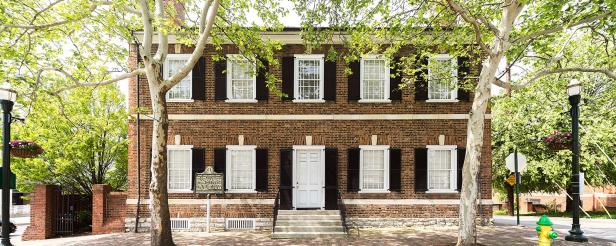
Magnus Lindqvist/Glint Studios/VisitLEX.com
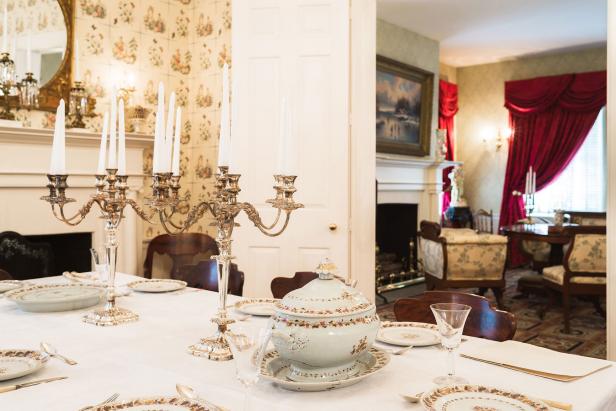
Magnus Lindqvist/Glint Studios/VisitLEX.com
New York’s Finger Lakes Region was vital to the suffragette movement, where such famous activists as Susan B. Anthony worked for change. Anthony, born in 1820, also called for the abolition of slavery and for the rights of women to own property and keep their earnings. Visit her home and museum in Rochester to learn about her causes and friendship with African-American reformer Frederick Douglass.
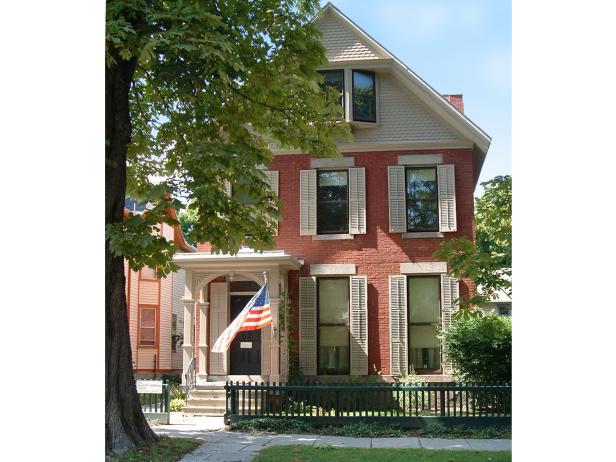
Finger Lakes Regional Tourism Council
Elizabeth Cady Stanton, born in 1812, moved to Seneca Falls in 1847. Like Anthony, she dedicated herself to reforming women’s rights. Anthony once said of her, “I forged the thunderbolts, and she fired them." Her home reflects her life and historic times.
Suffragist and Native American rights advocate Matilda Joslyn Gage was another abolitionist in the Finger Lakes Region. Her namesake foundation still works for social change, and her home in Syracuse has been preserved as a museum. It’s part of the National Underground Railroad Network to Freedom.
Don’t leave New York without touring the Women’s Rights National Historical Park, which follows the struggle for women’s rights from the first convention, held in Seneca Falls in 1848, to the present era.
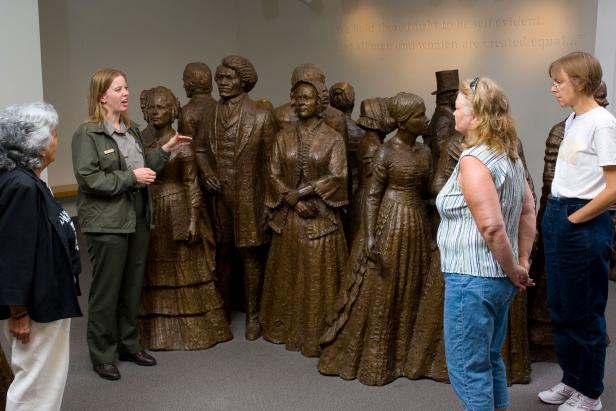
Kristian S. Reynolds/Finger Lakes Regional Tourism Council
Be sure to also see the Harriet Tubman Home in New York. Tubman helped hundreds of slaves escape to freedom on the Underground Railroad. The home where she spent the last years of her life sits on 26 acres in Auburn, where special events commemorate her work every Memorial Day Day weekend. The U.S. Dept. of the Interior recently established the Harriet Tubman National Historical Park on her homesite.
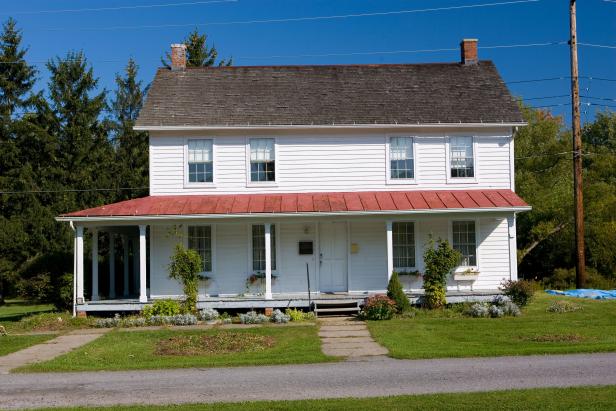
Kristian S. Reynolds/Cayuga County
The Clara Barton National Historic Site is in Glen Echo, Maryland, a suburb of Washington, D.C. Visitors can tour her historic home and a museum about her founding of the American Red Cross, but check before you visit. Both are temporarily closed for renovations.
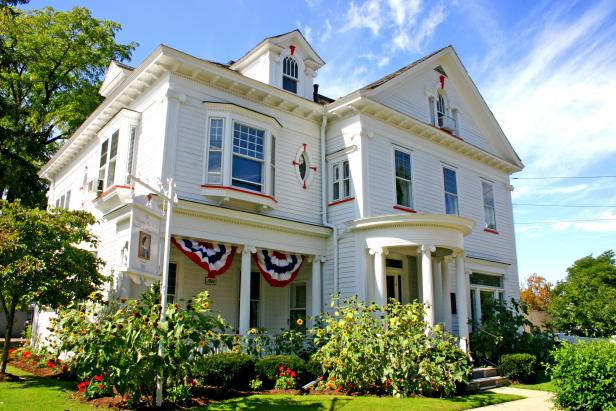
Finger Lakes Regional Tourism Council
The National Cowgirl Museum and Hall of Fame honors the women of the American West. Look for over 4,000 artifacts, interactive exhibits and theater presentations in the museum. Annie Oakley, Sacagawea, Georgia O’Keefe, Patsy Cline and Laura Ingalls Wilder are among the notables spotlighted here. Check the museum calendar for upcoming events, like April’s Cowgirl Spring Roundup at Montana’s The Resort at Paws Up.
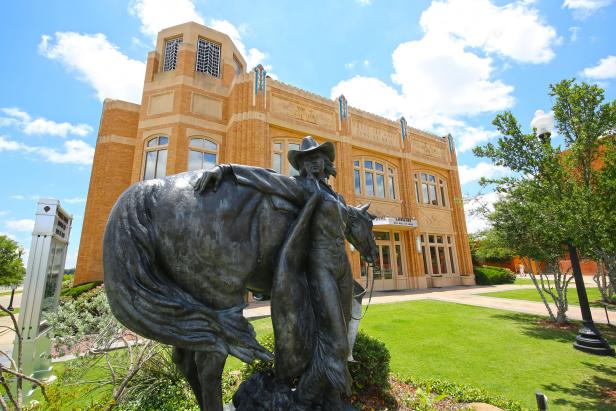
Fort Worth CVB
Since its launch in 2015, the Women of New Orleans: Builders and Rebuilders exhibit has shared stories of women who’ve built and, when needed, rebuilt the Crescent City. You'll find the exhibits on display in over 50 museums, libraries, historic houses and archives through 2018, when New Orleans will celebrate its tri-centennial. You’ll learn about women who advocated for social and economic justice; “ordinary” women who were recognized as saints in the Catholic Church; women vocalists like gospel singer Mahalia Jackson and many other female doctors, teachers, leaders and trailblazers.
Later, drive to the Chalmette Battlefield and National Historical Park to see the site of the Battle of New Orleans and learn about Martha Gilmore Robinson, who fought for women’s suffrage and child labor reform laws, and led the move not only to preserve the historic battlefield, but also the city’s French Quarter.
